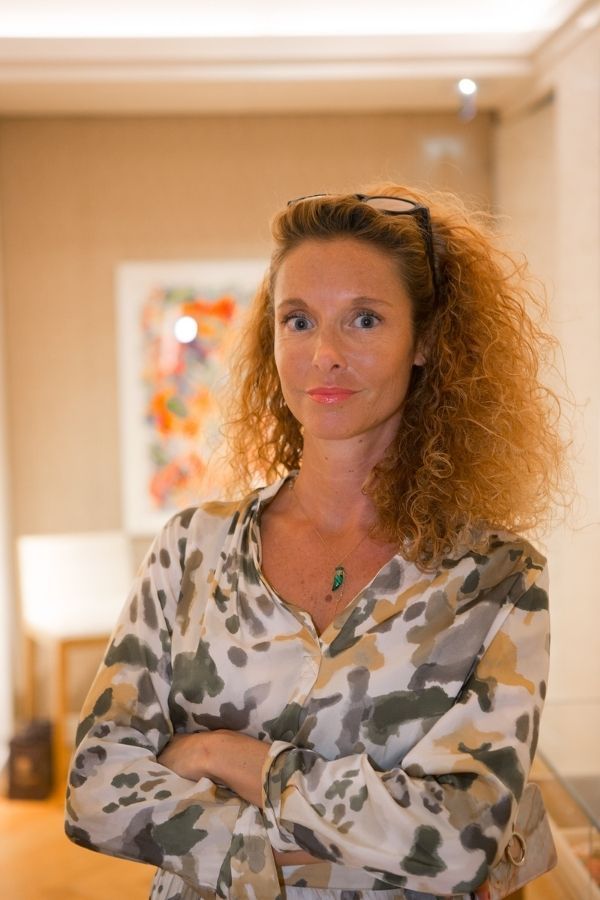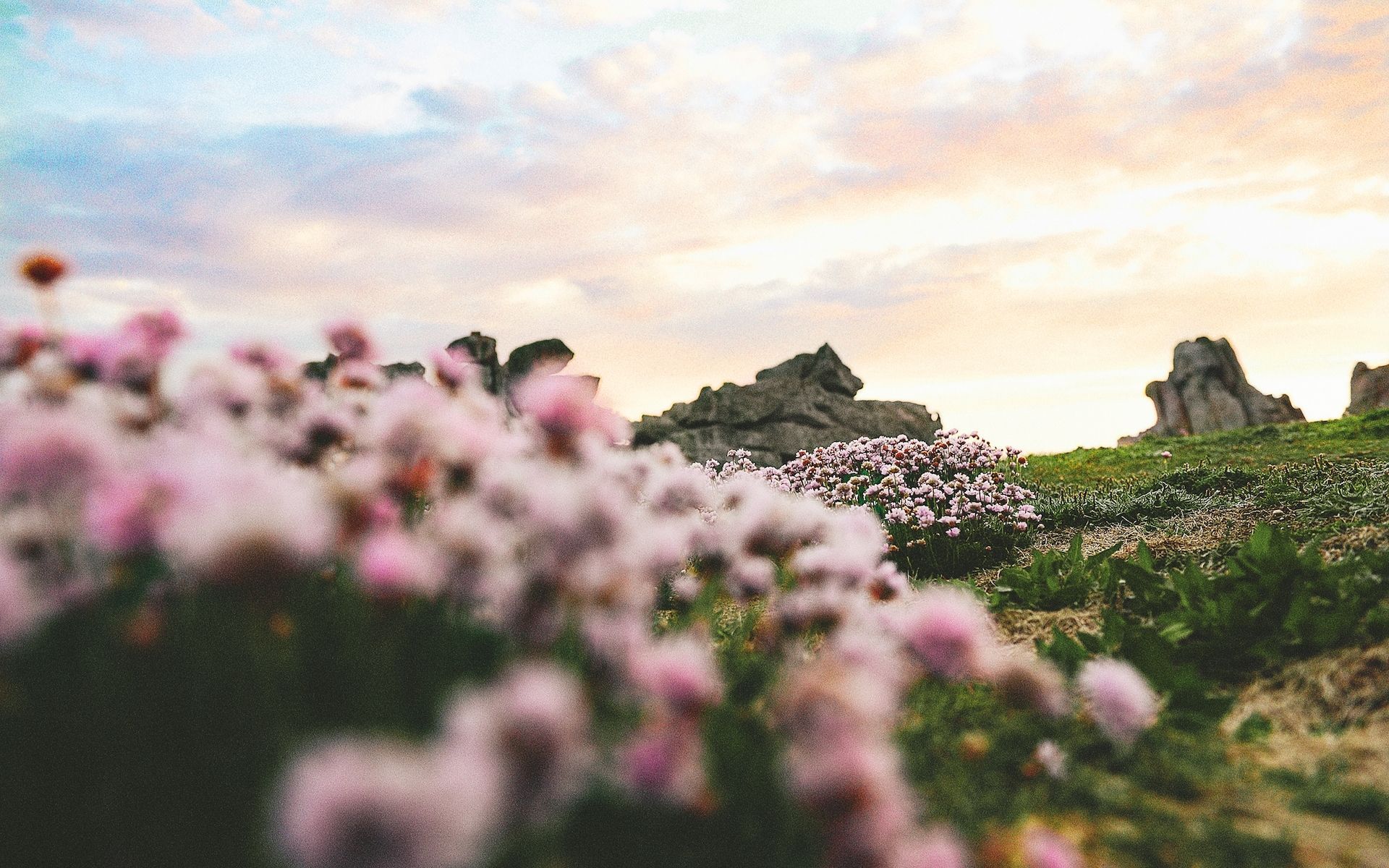This year, French luxury beauty house Guerlain is holding one of its biggest fund drives to save the bees. Chief sustainability officer Cécile Lochard shares why bees are so important to Guerlain and the planet.
March 20 is designated by the United Nations as World Bee Day. Every year on this day, many get involved in raising awareness on the importance of bees as pollinators and the threats they face.
In the last decade, Guerlain has rolled out a number of initiatives in the spirit of protecting the bees. For example, they set up the Bee School in collaboration with UNESCO, Observatoire Français d’Apidologie (OFA) and the Elyx Foundation. It is an awareness-building programme led by Guerlain House employees for young people in school to learn about the role of bees. The luxury beauty house also runs 'Women For Bees', a partnership with UNESCO and OFA to uplift women by training them as beekeepers—a programme that has the support of Angelina Jolie, who served as a godmother to the project.
See also: The Best Skincare Products Infused With Honey
In 2021, Guerlain is stepping up its commitment to the bees with an ambitious goal to raise one million euros through their international fund drive in aid of Guerlain For Bees Conservation Programme. Between 20 March and 22 March, they will donate 20 per cent of its worldwide sales and 20 euros for every repost of its World Bee Day Instagram post with the hashtags, #GuerlainForBees and #WorldBeeDay.
In this exclusive e-mail interview, the luxury beauty house's chief sustainability officer and author of Luxury and Sustainability: A New Alliance, Cécile Lochard tells us the importance of bees.
See also: Hèrmes, Guerlain And More: 7 Luxury Lipsticks For May 2021

Why are bees important to Guerlain?
Guerlain’s relationship with bees dates back to 1853. Our founder, Pierre-François-Pascal Guerlain dedicated a citrus Eau de Cologne Impériale to Empress Eugénie to celebrate her marriage to Napoleon III. And he entrusted glassmakers Pochet & du Courval to create the iconic Bee Bottle, adorned with his majesty’s coat of arms, the bees, and a pattern inspired by the Place Vendôme column. His gift earned him the title Supplier to the Empress, which was the start of the Guerlain legend.
Since then, the bee has been a strong source of inspiration at Guerlain, from fragrance to skincare. For 10 years now, our iconic skincare range, Abeille Royale, keeps proving the benefits of bee products on skin repairing. Some of our olfactive creations also prove this unbreakable bond between the bees and Guerlain, such as our Aqua Allegoria collection, that showcases many codes related to bees or even some of our exclusive creations that borrow the unique shape of the historical Bee Bottle.
The emblematic Bee Bottle is still made in the Pochet & du Courval ateliers, with dames de table still hand-decorating and sealing this historic bottle. Now, the bottle lends itself to more colour and personalisation. Best of all, they can be refilled time and time again.
For close to 170 years, bees have buzzed between our creations with the same endless passion for exceptional raw materials. And we owe them much. To do our part to protect bees is obvious. With this goal in mind, we have dedicated meaningful partnerships to bees and planned these three days of action.

